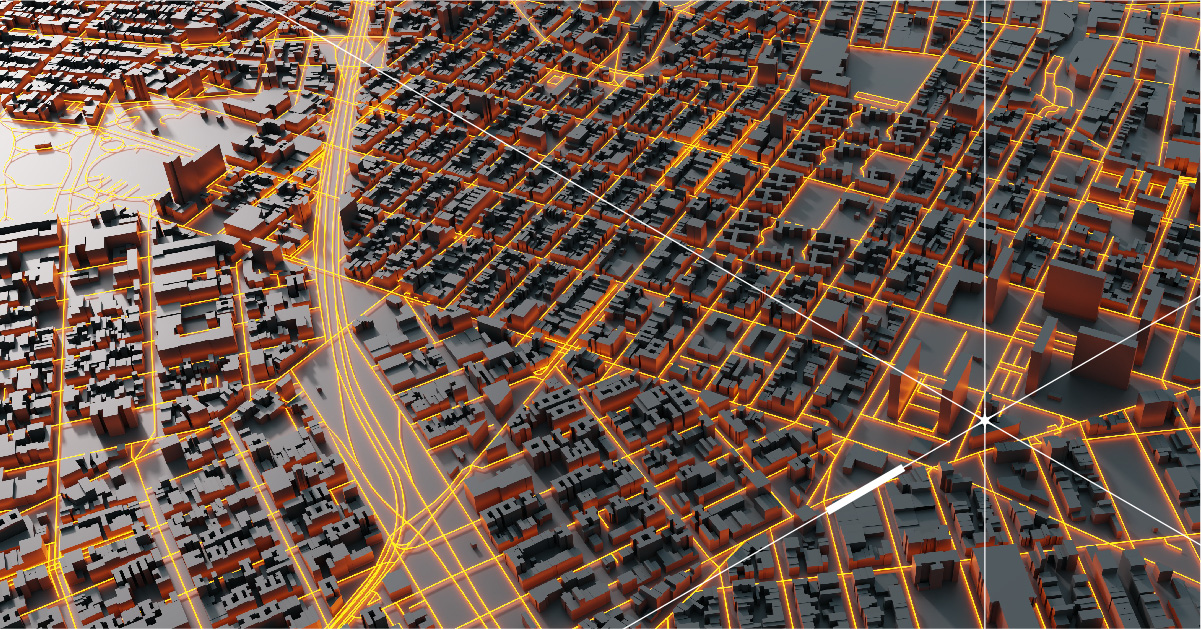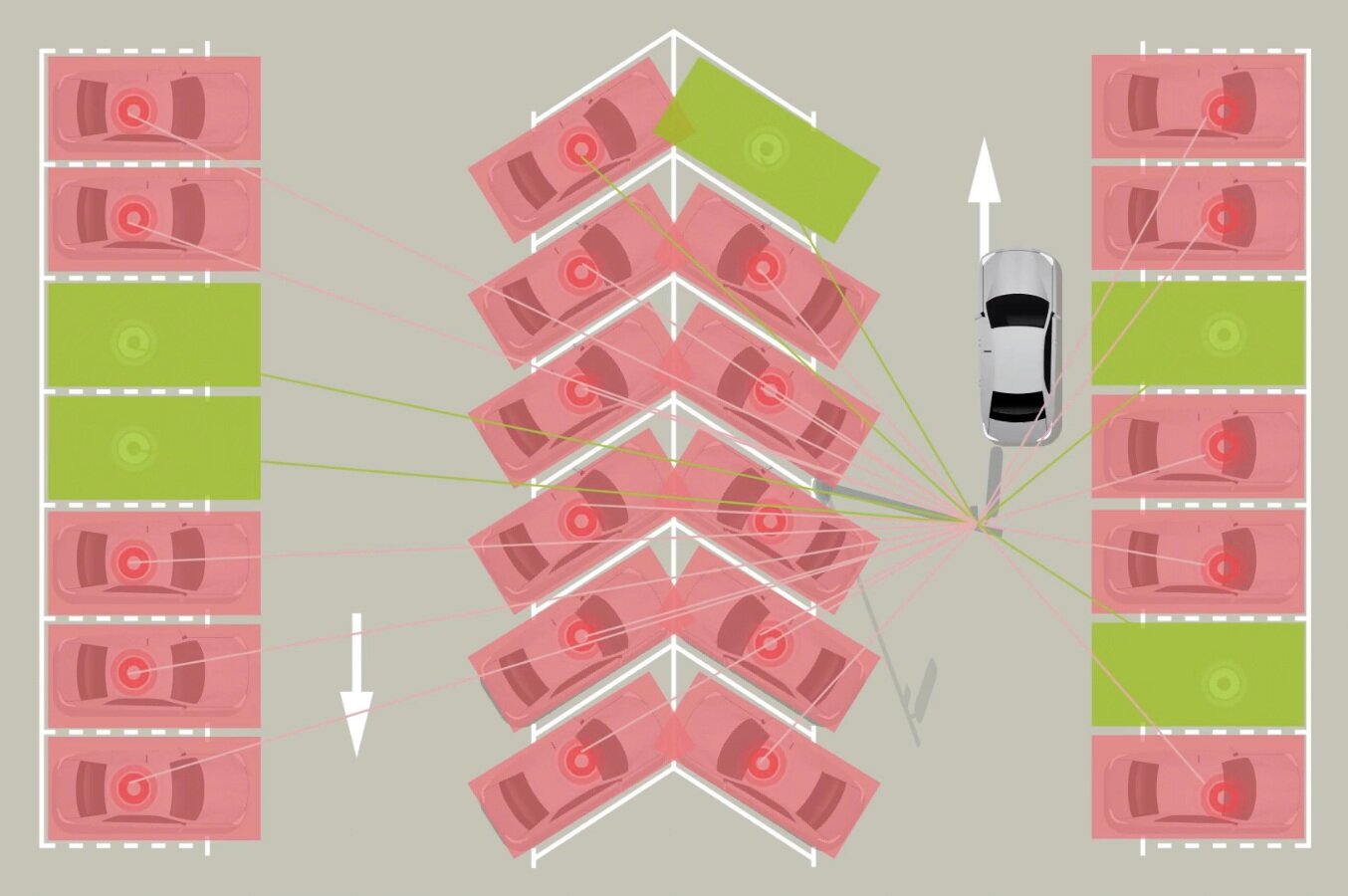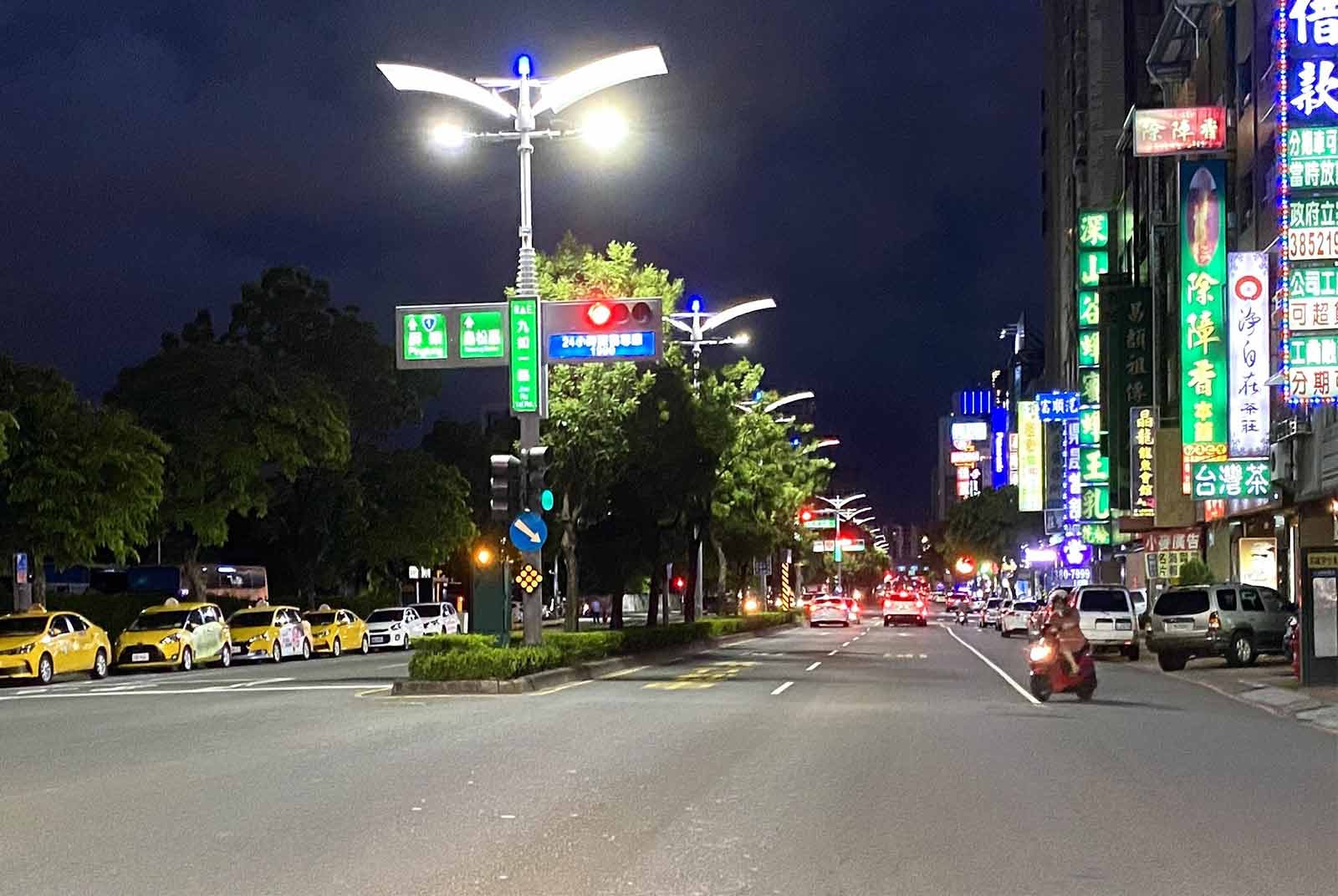Building the City of the Future
A smart city is a complex and dynamic urban environment that leverages advanced technologies and data analytics to improve the quality of life for its citizens. At the heart of a smart city is a network of interconnected systems, devices, and sensors that gather, process, and share vast amounts of data in real-time. This data is then used to inform decision-making processes and drive improvements in key areas such as transportation, energy efficiency, public safety, and healthcare.
The success of a smart city also depends on the policies and regulations put in place by the government. This includes creating an open and transparent governance structure, establishing data privacy and security protocols, and promoting collaboration between the public and private sectors.
Infrastructure is another key factor in the development of a smart city. This includes not only physical infrastructure such as transportation and energy networks, but also digital infrastructure such as broadband and wireless networks.
Finally, a smart city must consider the natural environment including promoting sustainability and reducing energy consumption. By taking a holistic approach to urban development, a smart city can enhance quality of life for its citizens while promoting a sustainable and equitable future.

image reference: mega
The Power and Potential of Smart Street Technology
A smart street employs a range of sensors and Internet of Things (IoT) devices to gather diverse data that can aid in optimizing traffic flow, parking, and public safety in smart cities. The objective of a smart street is to decrease traffic congestion, reduce commute times, simplify parking, and enhance the safety of pedestrians, cyclists, and drivers on city streets. The main advantage of a smart street is its capacity to provide up-to-date information on the status of streets, enabling city infrastructure to respond rapidly to manage and enhance street conditions.
Smart Street Light
Smart street lighting helps to reduce energy consumption and costs by automatically adjusting lighting levels based on the presence or absence of people and vehicles. With the help of various sensors and controls, smart street lighting can help cities to monitor and manage their lighting infrastructure remotely. Smart street lighting can also contribute to public safety by providing better lighting conditions, detecting and reporting incidents in real-time, and enabling emergency services to respond more quickly.

image reference: https://intelilight.eu/smart-street-lighting-paves-the-way-for-smart-cities-all-over-the-world/
Smart parking
Smart parking solutions use sensors and software to provide real-time parking information, reducing frustration and traffic congestion. They can easily integrate with existing infrastructure and enable dynamic pricing to improve revenue. Overall, they have the potential to revolutionize parking management for more efficient and sustainable cities.

image reference: https://www.cleverciti.com/en/innovations/cleverciti-sensor
Let’s take a look at three impressive smart street-related worldwide projects:
1. Boston, United States: Performance Parking Pilot
What’s the problem?
Boston is currently encountering multiple parking-related challenges. Although car ownership in the city has declined, the need for on-street parking has increased. In various neighborhoods, the number of available parking spaces does not align with the number of cars and delivery vehicles that require parking, leading to traffic congestion and double-parked vehicles that block travel lanes. As a result, nearly 30% of traffic congestion in Boston is believed to be caused by vehicles searching for parking.
The Objectives of this project
- Improve the parking experience by opening up more spaces for residents and business customers in our busiest neighborhoods. The City’s specific goal was to have one to two spaces open on each block of the pilot area at any given time. This would correspond to a neighborhood parking occupancy of 60 to 80 percent.
- Lower congestion by decreasing illegal double parking and circling for spaces.
- Increase road safety by decreasing distracted drivers looking for parking.
- Learn how to implement a performance parking program in Boston.
Two different approaches to this problem. City Boston implements in two different areas: Back Bay and Seaport.
– Back Bay
Approach
the City used a zone-based static pricing model. They increased the hourly price of parking meters from $1.25 to $3.75 for the entire Back Bay neighborhood. They kept the price constant throughout the whole pilot year.
Result
- Illegal parking that causes congestion has been significantly reduced. Double parking decreased by 14 percent and illegal parking in a loading zone decreased by 33 percent.
- Metered parking spots are opening up more quickly. The average stay at a meter decreased from one hour and twenty-two minutes in 2016 to one hour and eight minutes in 2017.
- More spots are open in the Back Bay. Overall, there was an 11 percent decrease in the number of cars parking in metered spots.
image reference: https://unsplash.com/photos/okF3hSKw9X8
– Seaport
Approach
Seaport the City used a block-based approach with a more dynamic pricing model. The City priced each blockface in the Seaport differently based upon the number of parking spaces available. Every two months, the City changed the price of each blockface to try to reach our goal of having one to two spots open. If the block had higher than 80% occupancy, the City increased the hourly price by 50 cents. If the block had occupancy lower than 60%, the City decreased the price by 50 cents.
Result
- It is unclear if bi-monthly changes in the price of parking in the Seaport led to lower occupancy. There were so many other factors influencing parking demand in the Seaport, including new development, construction, and seasonal changes in demand, that the pilot’s specific impact was hard to define.
- Illegal parking The amount of illegal parking in the Seaport decreased significantly during the pilot. Illegal parking in a loading zone dropped 44 percent, double parking decreased by 24 percent, and parking in resident permit without a sticker declined by 35 percent.

image reference: https://unsplash.com/photos/fyEOPq6e8Ls
My thoughts on the project
Upon reading the report on the Boston City Government’s testing process, it’s clear that they have implemented a comprehensive analysis to yield valuable insights and learnings. One such insight is that breaking neighborhoods into sub-zones based on occupancy can lead to more effective pricing decisions. For instance, dividing the Back Bay area into commercial and residential sub-zones with different pricing strategies could be a practical solution. Additionally, implementing dynamic pricing based on different times of the day could also be an effective approach to achieve the City’s occupancy goals. The project’s focus was to identify operational factors that could improve the city’s overall efficiency, making Boston an inspiring example of how data-driven decision-making can enhance urban development.
2. Amsterdam, Netherlands: Code the Streets
What’s the problem?
As Amsterdam’s metropolitan area continues to grow, so do traffic related issues such as congestion, crowded streets, and increasing pressures on fragile infrastructures. Just like cities worldwide, the City of Amsterdam is faced with the challenge of finding better ways to manage urban mobility. Amsterdam sets out to answer the question: ‘How can cities communicate their information and values on the desired use of public space with service providers and end-users (residents, visitors) and stimulate them to take a ‘social route’?’.

image reference: https://www.codethestreets.eu/amsterdam
The Objectives of this project
Code the Streets aims to enhance digital mobility management by studying user reactions to route advice methods and devising techniques to decrease traffic in specific locations. They strive to develop and experiment with novel concepts, including digital mobility management tools, that will help elevate the quality of public spaces within the city and surrounding region. To achieve this goal, Code the Streets is collaborating with an established navigation app and incorporating data on vulnerable infrastructure, school zones, congestion, and pollution.
Approach
Amsterdam is collaborating with TomTom and Mercedes-Benz on an open Application Interface (API) that includes the city’s guidelines for utilizing public space at the street level. The city has shared with its partners details on high-risk areas such as school zones and small side streets.
These have been integrated into the navigation software of TomTom and Mercedes-Benz, offering drivers two route options: the standard route and a more socially conscious alternative. The social route avoids risky areas and encourages drivers to make responsible choices, like sticking to the main road and adhering to speed limits within the zone.
Result
An improved API and set of working processes and governance structures which define the collaboration between cities and mobility providers. Code the Streets project has not yet produced any definitive results. The project is still ongoing and aims to develop and test new concepts and tools to improve mobility and traffic management in the city.
My thoughts on the project
When considering the effectiveness of the Code the Streets project, it is important to take into account the user’s perspective. While the project’s focus is on the city’s benefits, it is ultimately the drivers who will be using the app and making route decisions. It is true that for most drivers, time is the most important factor when choosing a route. However, the social route option can be incentivized through the integration of a reward system. For example, drivers who choose the social route could earn points that could be redeemed for discounts on parking or other incentives. The project could also consider working with businesses and local organizations to provide additional benefits for drivers who choose the social route, such as priority parking or discounts at local shops. Another approach could be to provide real-time data on the time and cost savings of the social route compared to the standard route, helping drivers to see the benefits of making a socially responsible choice.
3. Kaoshiung, Taiwan: How long will the street lights be repaired? Rely on “it” to complete the repair within 22 hours, and save hundreds of millions of electricity bills every year.
Background
One of the challenges in maintaining a city’s infrastructure, such as street lights, is the need for manpower to patrol and repair them. Kaoshiung want to used technology can help identify areas of the city that are easily overlooked and in need of attention, allowing for a safer and brighter living environment for citizens without relying heavily on manual labor. This can lead to more effective and cost-efficient maintenance of the city’s infrastructure, improving the quality of life for residents.

image reference: Kaoshiung City Government
The Objectives of this project
The objective of the Kaoshiung Smart Street Light project is to replace traditional streetlights with energy-efficient LED lights that are equipped with sensors and smart technologies. The project aims to improve energy efficiency, reduce carbon emissions, and enhance public safety by transforming streetlights into a comprehensive network of smart city infrastructure. The sensors on the streetlights are capable of monitoring traffic flow, air quality, noise levels, and temperature, which can help inform decisions on city planning, traffic management, and environmental protection. The project also includes an intelligent lighting control system that can adjust lighting levels based on weather conditions and time of day to save energy and reduce light pollution.
Approach
Smart technologies are used to provide real-time warnings to management agencies and road users and analyze the data from accident trajectories to understand drivers’ behaviors as a reference for accident prevention and formulation of improvement strategies, further improving road safety and reducing the occurrence of traffic accidents.
Result
The complete replacement of intelligent streetlights will not only improve maintenance efficiency, but also reduce electricity consumption by $108 million and carbon emissions by 37,000 tons
My thoughts on the project
When I first started learning about smart cities, I became curious about how they would work in my hometown. I knew that they were replacing traditional street lights with LED lights, but I didn’t know about the many benefits that they would bring. One personal experience that really highlights the importance of street lighting occurred during my college years. There was an accident one night involving a motorcyclist and a pedestrian. Unfortunately, the street light was broken at the time and the motorcyclist’s lights were also not working, resulting in the pedestrian being hit and killed. This tragedy made me realize just how essential street lighting is to our daily lives. It is reassuring to know that smart city technology can offer solutions to these issues, such as reducing the need for manual maintenance and providing more comprehensive coverage to ensure that all areas of the city are well-lit and safe.
Citation
Chourabi, H., Nam, T., Walker, S., Gil-Garcia, J. R., Mellouli, S., Nahon, K., … & Scholl, H. J. (2012). Understanding smart cities: An integrative framework. In 2012 45th Hawaii international conference on system sciences (pp. 2289-2297). IEEE.
City of Boston. (2017). Performance parking: final report. Retrieved from https://www.boston.gov/sites/default/files/embed/p/performance_parking_final_report_-_web_1.pdf
Code the Streets: Creating innovative solutions for sustainable, inclusive and safe mobility. (n.d.). Amsterdam Smart City. Retrieved from https://amsterdamsmartcity.com/updates/project/code-the-streets-creating-innovative-solutions-for-sustainable-inclusive-and-safe-mobility
Smart Cities | What is a Smart Street? (n.d.). Spectrum Enterprise. Retrieved from https://enterprise.spectrum.com/support/faq/smart-cities/what-is-a-smart-street.html
王芳儀. (2019, March 11). 智慧城市必修課/打造宜居城市,「智慧路燈」可以這樣做!. Cw.com.tw. Retrieved from https://futurecity.cw.com.tw/article/1754

Leave a Reply